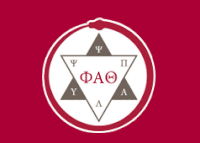Abstract
When the United States began its reconstruction of Japan after World War II, they consistently put their own interests within the country before what would benefit Japan the most . While the first two years of the occupation led to significant changes inside and outside schools, including the Ministry of Education’s diminished role, increased local involvement in the academic system, and the removal of nationalistic “morality” classes such as shushin. All of these changes were necessary efforts to denationalize and decentralize Japan’s educational system and allow more choices for teachers and schools. When Washington began to take an increased interest in Japan, Draper began to set in motion his “crank-up” plan, with the goal of rapidly industrializing the nation so that they may become an independent trade ally with the United States. With the assistance of George F. Kennan, Draper began to overrule MacArthur’s control of SCAP and Japan, instead diverting power to the conservatives in Japan’s legislative system, the Diet, undoing progressive reforms that benefited the Japanese over the Americans. This paper will argue that the United States used the Japanese reconstruction efforts to further their own interests, rather than to liberalize Japan and move it away from dangerous nationalistic ideologies. This failure can most clearly be seen in the education system, and allowed right-wing politicians in Japan to continue framing past events to support a nationalist narrative, rather than an accurate historical depiction.
Recommended Citation
Murphy, Connell
(2018)
"Effects of the United States Reconstruction on Nationalism in the Japanese Education System,"
Voces Novae: Vol. 10, Article 5.
Available at:
https://digitalcommons.chapman.edu/vocesnovae/vol10/iss1/5
Included in
Asian History Commons, Cultural History Commons, Diplomatic History Commons, Other History Commons


